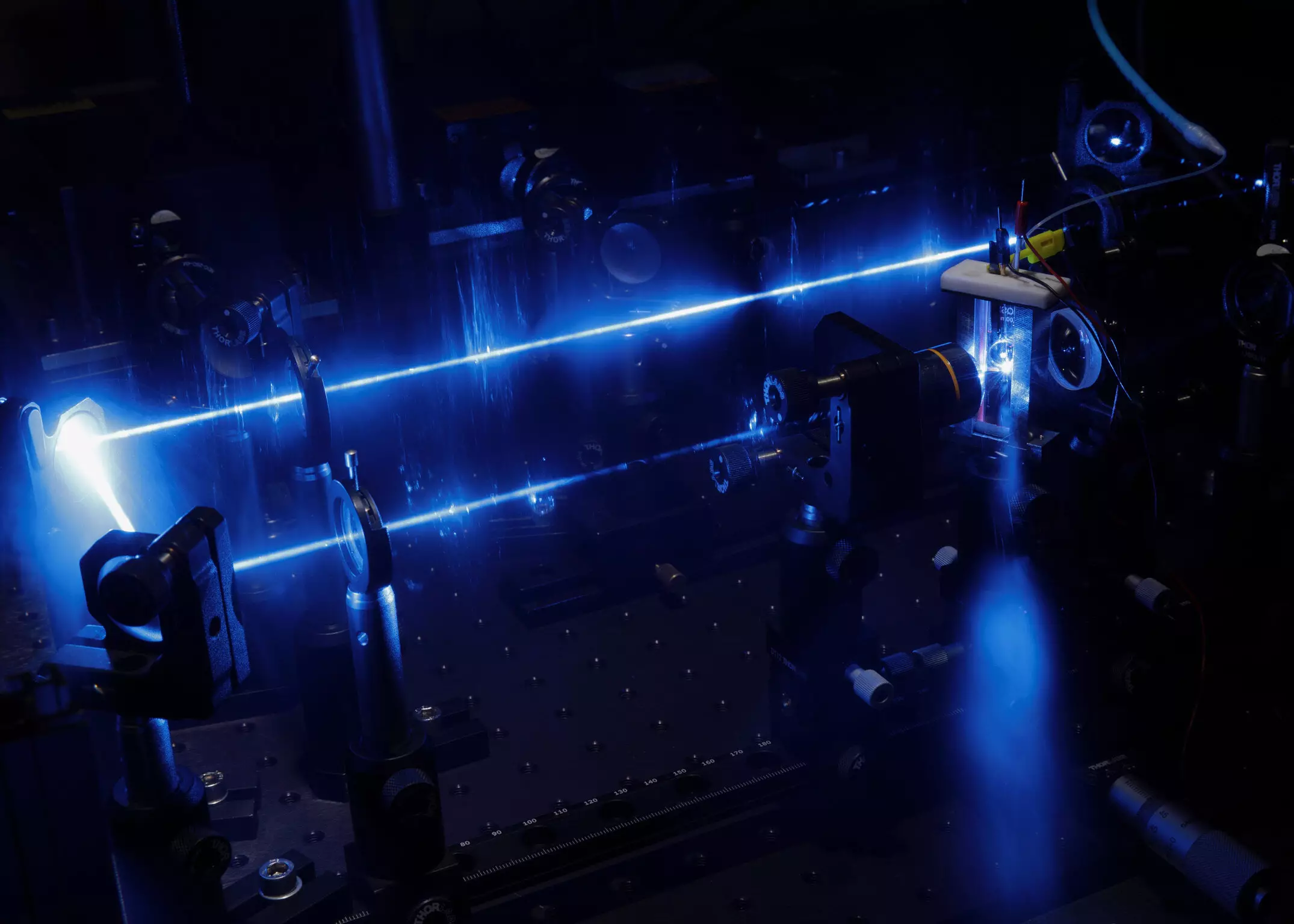Iron compounds have long been overlooked in favor of rare metals like iridium or ruthenium for light-to-energy conversion applications. However, a recent study by scientists at the Leibniz Institute of Photonic Technology and the Universities of Jena and Ulm has revealed that small changes in the chemical structure of iron compounds can significantly impact their light absorption properties. Specifically, alterations in the second coordination sphere of the molecules, which are not directly bound to the iron atom, can influence how these compounds react to absorbed light. By adding protons, researchers have been able to modify the behavior of iron complexes and enhance their efficiency in energy conversion processes.
The ability of chromophores to absorb and transfer light energy is crucial in various fields, including photocatalysis and photovoltaics. The findings from the Collaborative Research Center CataLight demonstrate that iron compounds possess not only efficient light absorption capabilities but also adjustable properties that make them promising candidates for sustainable technologies. Prof. Dr. Benjamin Dietzek-Ivanšić, the spokesperson of CRC CataLight, emphasized the importance of being able to control the light absorption of iron complexes through their molecular environment. This breakthrough opens up new possibilities for developing cost-effective and eco-friendly alternatives to traditional materials used in energy conversion processes.
The discovery of the controllable light absorption properties of iron compounds represents a significant advancement in the field of sustainable chemistry. While previous research has primarily focused on expensive materials, the work done by the team in Jena and Ulm highlights the potential of iron complexes as accessible and environmentally friendly alternatives. This breakthrough paves the way for further studies aimed at optimizing iron compounds for use in photovoltaics, catalysis, and other sustainable chemical processes. By leveraging the unique characteristics of these compounds, researchers can develop innovative solutions to address global energy challenges while minimizing environmental impact.
The study conducted by the Leibniz Institute of Photonic Technology and the Universities of Jena and Ulm sheds light on the untapped potential of iron compounds in advancing sustainable technologies. By understanding and manipulating the chemical structure of these compounds, researchers have unlocked a wealth of opportunities for enhancing energy conversion processes and reducing reliance on rare and costly materials. The future of sustainable chemistry looks brighter than ever, thanks to the innovative work being done in the field of iron complex research.


Leave a Reply